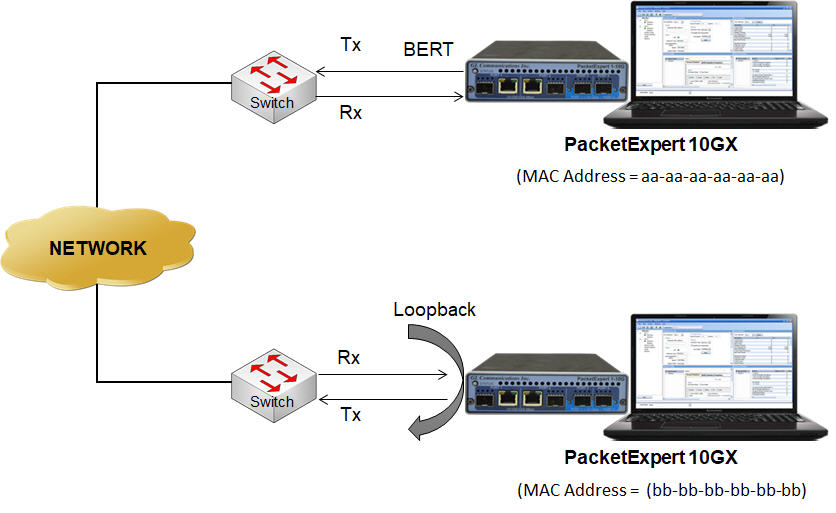

This is unavoidable and you can safely ignore this behavior.

Since it takes a finite amount of time for the pulse to occur after running the script, when you run find_corr_threshold.m repeatedly, you will see from the first subplot that the receive buffer contains the previously recorded integer delay, followed a bunch of zeros and then the current integer delay estimate. Note that the transmission of the synchronizing sequence occurs by pulsing a certain register in the model. You can modify this script to instrument tests that run over several iterations and then select the threshold after recording the histogram of the peak values observed. You will observe that running find_corr_threshold.m will generate a plot similar to the one shown below.īy zooming into the peak seen in the second subplot, you should observe that the peak is quite clearly defined. In our experiments, we found that the peak corresponding to the integer delay is quite sharp and therefore, identifying the threshold is fairly straight-forward. Furthermore, selecting the right threshold is crucial for the overall design to work correctly since the subsystems that are downstream with respect to the integer delay estimation block are fired based on the identification of the correlation peak. Since the SNR of the received waveform (dependent on the cable used) affects this correlation operation, the threshold cannot be a fixed quantity and needs to be determined depending on the loopback cable used. See initScript.m for details on how the ZC-sequence is generated. Specifically, the Zadoff-Chu (ZC) sequence portion of the synchronizing sequence is used for loopback delay estimation. This subsystem is based on correlating the result of a magnitude difference function applied to the received and reference waveforms. With the ADI RF SOM connected to your host and with the TX1A and RX1A ports connected by a loopback cable, the first step in running the loopback delay estimation is finding the threshold value needed in the integer delay estimation piece of the model. Users can perform algorithmic processing on the obtained aligned data streams in the host computer or extend the design in the logic depending on their requirements.

Loopback cable analog devices software#
Since this example focuses on achieving tightly time aligned transmit and receive streams, the design will be built around logic for the FPGA fabric with software control interfaces. For instance, in a digital predistortion application where the transmit port of AD9361 is connected to the input port of a PA and the output of the PA is connected to the receive port of AD9361 (via an appropriately chosen attenuator), this design will help align the transmit and the receive streams. This design is useful when AD9361 is used as part of a hardware-in-loop test setup with transmit and receive ports connected to the input and the output of the device under test. This article will explain an example design that estimates the RF loopback delay when a transmit and a receive port of the AD9361 transceiver are connected using a cable.


 0 kommentar(er)
0 kommentar(er)
